This painting, Taiwan xinglu Tu (Portrait of seeking pleasure in Taiwan), whose creator remains unknown, was uncovered from the private collection of the descendants of Zheng Cong, Koxinga’s second son. It now belongs to the Zheng Chenggong Memorial hall in Xiamen. According to one study, the people enjoying the natural scenery and river in the painting form the core of Taiwan’s collective leadership after Koxinga’s death in 1662. In the foreground, Zheng Jing dressed in the dark blue robe, stands together with Feng Xigan. Behind then Jing’s son, Keshuang, clad in light blue is shown playing chess with Chen Yonghua. This painting probably drawn after 1680 represents the first known piece of Chinese visual art in Taiwan.
Taiwan xinglu Tu (Portrait of seeking pleasure in Taiwan)
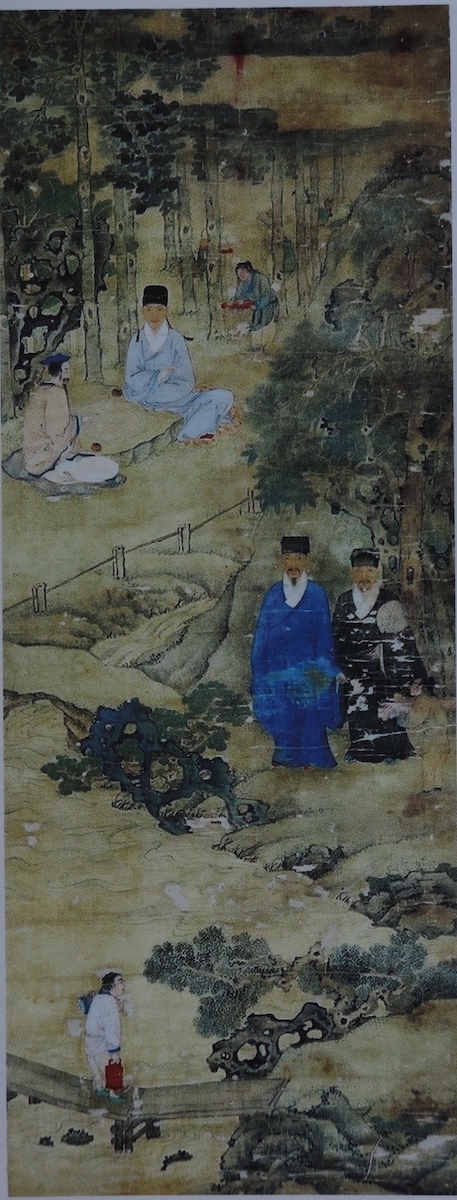
Citation
Taiwan xinglu Tu (Portrait of seeking pleasure in Taiwan). Special thanks to Professor Nie Dening of Xiamen University.
In 1662, a grand embassy from Taiwan arrived in Ayutthaya in Siam. Dispatched by Zheng Chenggong, a famed Chinese maritime commander also known as Koxinga, it carried with it letters, lavish gifts and, most important, news. Landing in the bustling port city, the ambassador announced the “scandalous surrender of the famous island Formosa” and its supposedly “unconquerable fort Zeelandia”, which had fallen to Zheng troops just a few months earlier. The arrival of the embassy opened up another front in the ferocious commercial, diplomatic and military struggle that was being waged between the Zheng maritime network and the Dutch East India Company across East and Southeast Asia.
Rapport van Van Rijk
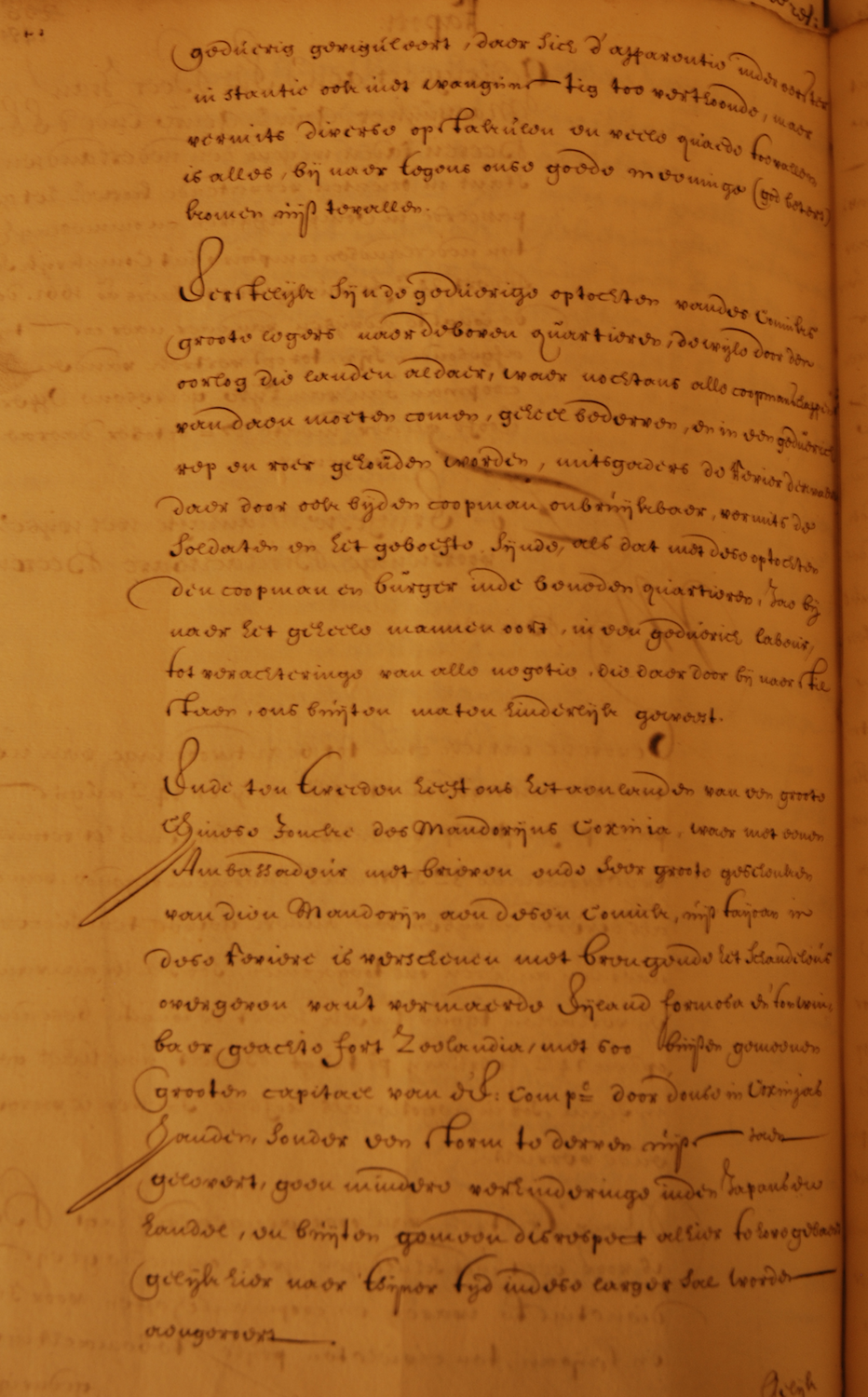
And second, a large Chinese junk of the Mandarin Koxinga, with an ambassador with letters and very great presents from Koxinga to this king from Taiwan has appeared, bringing [the news of] our scandalous surrender of the renowned island Formosa and the presumed invincible fort Zeelandia. Such enormous fortune of the company [got in]to Koxinga’s hands, without the courage [of ours] to sit out the storm, has brought us no small obstruction in the Japanese trade and extreme disrespect here at court as it will be spoken of here at some point. Thirdly the equipment of two large junks of the king, that will go to Japan in the name of the Moors okya Phichit despite the Siamese being banned by Japan, and two equal junks and a small ship to Canton.
Citation
Rapport van Van Rijk aen haer Ed. tot Batavia overgelevert den 3 November 1662, Nationaal Archief, Den Haag, access number 1.04.02, Verenigde Oostindische Compagnie (VOC), hereafter: NL-HaNA, VOC, inventory 1240: 1489v.
Piauwja Letter
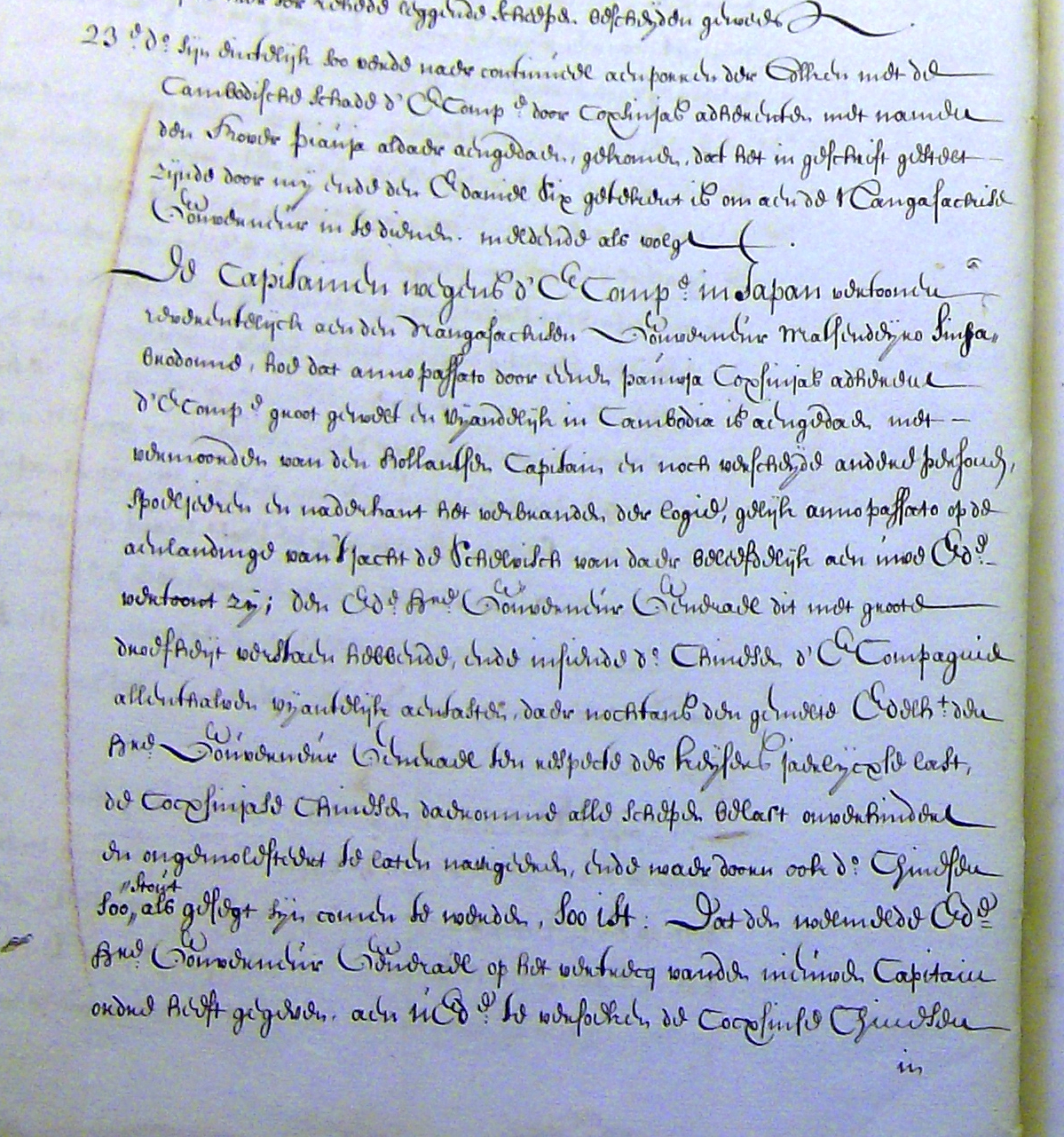
The captain of the Company in Japan reverently informs the Nagasaki governor, Matsendeyro Sinsabrodonnem [Matsudaira Jinzaburō松平甚三郎], that in the previous year the Company has been done great violence by Piauwja, who is a follower of Coxinga, in Cambodia. This included the murder of the captain of the Hollanders as well as a number of other people, the plundering and subsequently the burning of the lodge. This was respectfully informed to Your Honor after the arrival of the ship Schelvis last year. The Governor-General has learned this with great sorrow … So the Governor-General has given orders to the new captain when he departed [from Batavia] to ask you to [order] compensation [vergoedinge] from the Coxinga Chinese in Japan for past damages, abuse and arrogant scorn … We include a specification of the goods which have been plundered.
Citation
23 September 1668, Dagregister Ranst, NFJ 81, unfoliated.
Zheng Jing on Taiwan
Taiwan xinglu Tu
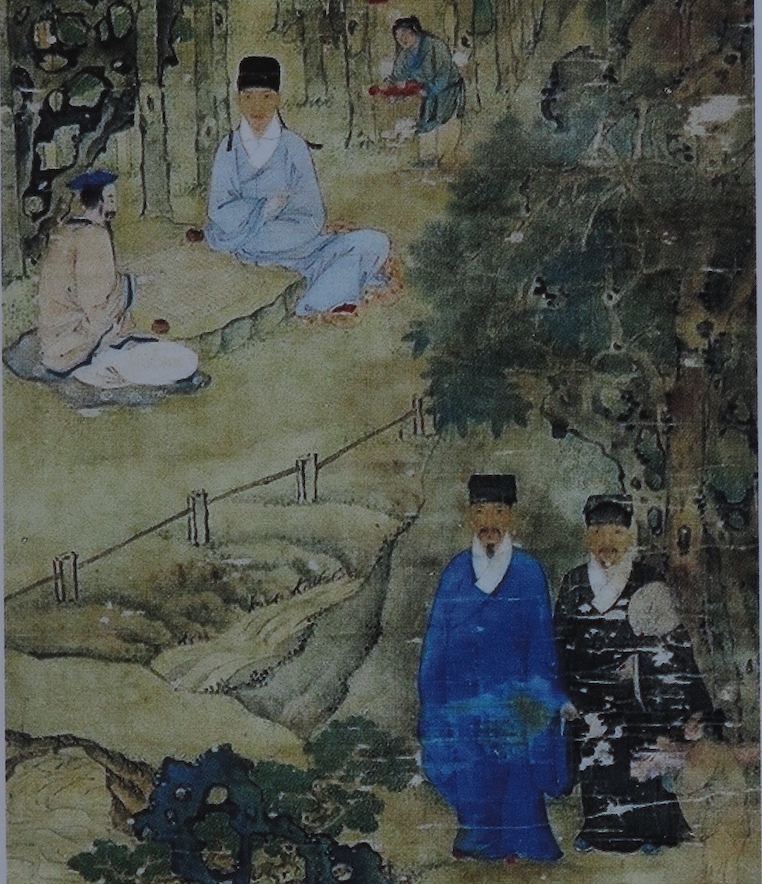
Taiwan xinglu Tu (Portrait of seeking pleasure in Taiwan)
The surrender of Fort Zeelandia represented a double blow for the Dutch East India Company. The VOC not only relinquished a secure supply of deerskins, it also handed over a strategic gateway to the depots of Southeast Asia and the Indian Ocean to the one rival most capable of exploiting it, the Zheng maritime network. Although Koxinga died shortly after displacing the Dutch from Taiwan, he was succeeded by his son, Zheng Jing, who succeeded in entrenching a potent state on the west coast of the island with a distinct maritime orientation before succumbing to the allure of continental politics in the 1670s. Zheng merchants fanned out across East and Southeast Asia, aggressively muscling into the deerskin trade wherever they saw an opportunity.
This painting, Taiwan xinglu Tu (Portrait of seeking pleasure in Taiwan), whose creator remains unknown, was uncovered from the private collection of the descendants of Zheng Cong, Koxinga’s second son. It now belongs to the Zheng Chenggong Memorial hall in Xiamen. According to one study, the people enjoying the natural scenery and river in the painting form the core of Taiwan’s collective leadership after Koxinga’s death in 1662. In the foreground, Zheng Jing dressed in the dark blue robe, stands together with Feng Xigan. Behind then Jing’s son, Keshuang, clad in light blue is shown playing chess with Chen Yonghua. This painting probably drawn after 1680 represents the first known piece of Chinese visual art in Taiwan.
Competition in Siam
Rapport van Van Rijk
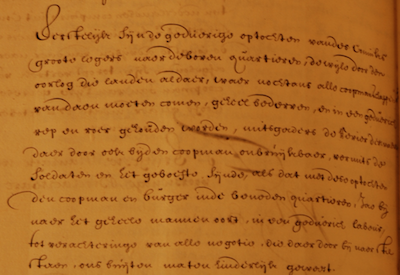
Like two massive tectonic plates, the Company and the Zheng collided against each other at multiple points distributed widely across East and Southeast Asia. Siam became a key point of competition. Siam alone was estimated to export as many as 250,000 deerskins per year, making this the single most valuable commodity shipped out of Ayutthaya. In order to secure control over the deerskin trade, the Company attempted to deploy the standard template it had used for other commodities, that is by attempting to sign monopoly agreements with local rulers to ensure that they could claim complete control of the trade. In Ayutthaya, for example, the Company concluded a series of agreements with successive kings in 1634, 1645 and 1646. Although these agreements ceded monopoly rights over the deerskin trade, they proved highly porous in reality and were filled with holes that could be readily exploited by rival merchant groups and local officials. In 1662, a grand embassy from Taiwan arrived in Ayutthaya in Siam. Dispatched by Zheng Chenggong, a famed Chinese maritime commander also known as Koxinga, it carried with it letters, lavish gifts and, most important, news. Landing in the bustling port city, the ambassador announced the “scandalous surrender of the famous island Formosa” and its supposedly “unconquerable fort Zeelandia,” which had fallen to Zheng troops just a few months earlier. The arrival of the embassy opened up another front in the ferocious commercial, diplomatic and military struggle that was being waged between the Zheng maritime network and the Dutch East India Company across East and Southeast Asia.
Conflict in Cambodia
Piauwja Letter
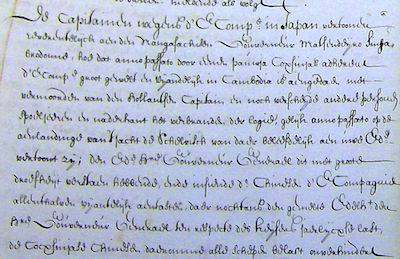
The new treaty was signed on 1 February 1665. In February 1667, a Chinese maritime commander called Piauwja (identified in Chinese sources as Xian Biao) arrived in Cambodia with a force estimated at several hundred soldiers and sailors. We know comparatively little about Piauwja or the ‘pirate Piauwja’ (rover Piauwja) as he is invariably referred to in VOC records. Piauwja and his men were a natural choice for Zheng Jing’s southward push. On 10 July, matters finally came to a head when Piaujwa launched an assault on the lodge. While the cannon mounted on the Schelvis might have swung the military equation in favor of the Dutch, the low water level meant that it was not possible to fire over the river’s banks. In the subsequent attack, the VOC opperhoofd, Ketting, was killed along with three servants and a surgeon, who died later of his wounds. The lodge’s remaining staff including Jacob van Wijckersloot, who would later produce a detailed report on the incident, fled into the nearby jungle where they sheltered nervously until they were able to reach the relative safety of the Schelvis a few days later. The attack meant that the VOC could no longer access the deerskin trade in Cambodia. This development increased the importance of Ayutthaya.




